Glossopharyngeal Nerve
Introduction
The glossopharyngeal nerve is also called the ninth cranial nerve (CN IX). It is one of the four cranial nerves, that perform sensory, motor, and parasympathetic functions. It starts from the medulla oblongata and ends in the pharynx.
The glossopharyngeal nerve has multiple branches. The tympanic branch supplies the middle ear. The stylopharyngeal branch regulates the stylopharyngeus muscle while swallowing and speaking. Other branches include the tonsillar nerve, carotid sinus nerve, lingual branches, and a communicating branch that connects to the vagus nerve (cranial nerve 10). Its pharyngeal branches communicate with other nerves to help coordinate swallowing.
This nerve is most clinically relevant in cases of glossopharyngeal neuralgia, but it can also be injured during carotid endarterectomy.
Anatomical Course of Glossopharyngeal Nerve
The brain’s medulla oblongata is where the glossopharyngeal nerve originates. It emerges from the anterior aspect of the medulla and moves laterally in the posterior cranial fossa. Utilizing the jugular foramen, the nerve leaves the skull. At this point, the tympanic nerve emerges. It consists of both sensory and parasympathetic components.
Two ganglia (collections of nerve cell bodies) are located just outside the jugular foramen. The superior and inferior (or petrous) ganglia contain the cell bodies of the sensory fibres in the glossopharyngeal nerve.
The glossopharyngeal nerve now exits the skull and descends the neck, anterolateral to the internal carotid artery. Several branches emerge from the inferior margin of the stylopharyngeus, providing motor innervation to the muscle. It also gives rise to the carotid sinus nerve, which is responsible for sensation in the carotid sinus and throughout the body.
The nerve enters the pharynx by going through the superior and middle pharyngeal constrictors. Within the pharynx, it divides into three branches: lingual, tonsil, and pharyngeal.
Embryology
The glossopharyngeal nerve is the only structure formed by the third pharyngeal arch, even though the third pharyngeal pouch is where part of the thymus originates embryonically.
Function of Glossopharyngeal nerve
The glossopharyngeal nerve serves several functions, including somatic motor, visceral motor, general somatic sensory, and special sensory (taste).
Somatic Motor: Efferent fibres innervate the stylopharyngeus muscle.
Visceral motor; Presynaptic parasympathetic fibres connect to the otic ganglion and innervate the parotid gland.
Branches include the tympanic, carotid sinus, pharyngeal, tonsillar, and lingual nerves.
Taste fibres are transmitted from the posterior third of the tongue to the nerve’s sensory inferior ganglion, which is located in the anterior part of the jugular foramen.
Nerves of Glossopharyngeal nerve
The glossopharyngeal nerve originates in the medulla oblongata and exits the skull through the jugular foramen, where the tympanic nerve branches off to provide parasympathetic innervation to the parotid glands.
The jugular foramen is followed by the superior and inferior ganglia, which contain the sensory fibre cell bodies. The nerve then descends the neck, providing innervation to the stylopharyngeus and sensation to the carotid sinus and body. It is divided into three branches in the pharynx: lingual, pharyngeal, and tonsillar.
The glossopharyngeal nerve has the following branches:
- The tympanic nerve (also called the Jacobson nerve) carries parasympathetic fibres. Eventually, it becomes the lesser petrosal nerve, exiting the skull via the foramen ovale and synapses in the otic ganglion.
- A stylopharyngeal nerve provides motor innervation to the stylopharyngeus muscle.
- The nerve to the carotid sinus communicates with the vagus nerve to carry signals from the baroreceptors in the carotid sinus and chemoreceptors in the carotid body, which helps in monitoring blood oxygen and CO2 levels (carotid body) and controlling blood pressure (carotid sinus).
- The pharyngeal plexus, which innervates the muscles of the pharynx, is formed when the pharyngeal branches of the vagus nerve and the sympathetic nerves connect.
- Tonsillar branches provide sensory innervation to the palatine tonsils.
- Lingual branches supply the vallate papillae, mucous membrane, and follicular glands of the posterior tongue.
Muscles
As previously stated, the glossopharyngeal nerve innervates the stylopharyngeus muscle, which elevates the pharynx and larynx.
Associated condition of Glossopharyngeal nerve
CN IX can be affected by a variety of conditions, some of which have an impact on quality of life. They include:
- Glossopharyngeal neuralgia (GPN) is characterized by sharp pain in the throat, back of the tongue, or middle ear when sneezing, chewing, swallowing, or doing other activities. It can be challenging for some people to eat when they fear more attacks.
- Glossopharyngeal nerve palsy: An injury or medical condition impairs CN IX nerve function. The nerve may become partially or completely paralyzed, rendering it unable to perform its function. Glossopharyngeal nerve palsy is occasionally a complication of stroke.
Other conditions include:
- Tumours and cancer that affect you:
Brain, Lips, tongue, and other oral cavity structures, Middle of the throat (oropharynx), Skull base, Tonsils, Larynx (voice box),
Conditions from medical procedures include:
- Carotid endarterectomy: This procedure removes fatty deposits from the carotid artery. This vessel delivers blood to the brain. The carotid artery is near the glossopharyngeal nerve.
- Laryngeal mask airway placement: A tube that healthcare providers insert through your mouth and upper throat. It delivers oxygen or medications that cause you to sleep. The tube may cause damage to sensitive throat tissue, such as the glossopharyngeal nerve.
- Eagle syndrome can occur following a tonsillectomy. This condition develops when excess scar tissue stretches near cranial nerve fibres. You may feel pain in your throat, neck, or ears.
Symptoms of Glossopharyngeal nerve
The glossopharyngeal nerve controls a variety of mouth and throat functions. Disorders of this nerve can result in
- Dysphagia refers to difficulty swallowing.
- Dry mouth is caused by reduced saliva production from the parotid salivary gland.
- The gag reflex is weakening. The absence of the gag reflex on one side is particularly characteristic of glossopharyngeal nerve palsy.
- Inability to open your mouth.
- Numbness in the back of your mouth.
The glossopharyngeal nerve regulates blood pressure, but hypertension (high blood pressure) occurs when both nerves are damaged. Blood pressure is unaffected by a single glossopharyngeal nerve injury.
Assessment of Glossopharyngeal nerve
The gag reflex of the mouth is tested, the patient is asked to swallow or cough, and speech difficulties are assessed as part of the clinical tests used to determine whether the glossopharyngeal nerve has been injured. To test for taste impairment, the doctor may use bitter and sour substances on the back one-third of the tongue.
The functioning of the glossopharyngeal nerve can be evaluated by evaluating the patient’s overall sensation and taste on the posterior portion of the tongue. Because the glossopharyngeal nerve only conveys the afferent fibres involved in the gag reflex, it can also be used to assess the glossopharyngeal nerve, as well as the vagus nerve.
Treatment
The main factor influencing glossopharyngeal dysfunction treatment is the underlying cause of the issue. Damage to the nerve may occasionally heal itself over time.
Glossopharyngeal neuralgia frequently has an unknown cause. In those situations, symptom management is the main objective of care. Anticonvulsants and antidepressants are common treatments for neuralgia.
Summary
The glossopharyngeal nerve, also known as the ninth cranial nerve (CN IX), is a vital part of the brain that performs sensory, motor, and parasympathetic functions. Originating from the medulla oblongata, it moves laterally in the posterior cranial fossa and exits the skull through the jugular foramen. It has multiple branches, including the tympanic nerve, which supplies the middle ear, the stylopharyngeal branch, which regulates the stylopharyngeus muscle during swallowing and speaking, the tonsillar nerve, carotid sinus nerve, lingual branches, and a communicating branch connecting to the vagus nerve.
The glossopharyngeal nerve serves several functions, including somatic motor, visceral motor, general somatic sensory, and special sensory (taste). Its branches include the tympanic, carotid sinus, pharyngeal, tonsillar, and lingual nerves. Taste fibers are transmitted from the posterior third of the tongue to the nerve’s sensory inferior ganglion, located in the anterior part of the jugular foramen.
CN IX can be affected by various conditions, such as glossopharyngeal neuralgia (GPN), which is characterized by sharp pain in the throat, back of the tongue, or middle ear when sneezing, chewing, swallowing, or doing other activities. Glossopharyngeal nerve palsy is an injury or medical condition impairing CN IX nerve function, and other conditions include tumours and cancer.
Symptoms of a glossopharyngeal nerve disorder can result in dysphagia, dry mouth, weakening gag reflex, difficulty opening the mouth, and numbness in the back of the mouth. The glossopharyngeal nerve regulates blood pressure, but hypertension occurs when both nerves are damaged.
Treatment for glossopharyngeal dysfunction depends on the underlying cause of the issue. In cases with unknown causes, symptom management is the main objective of care.
FAQs
What is the function of the glossopharyngeal nerve?
From an embryological perspective, the third pharyngeal arch’s derivatives are connected to the glossopharyngeal nerve. Sensory: innervates the posterior portion of the tongue, the middle ear cavity, the oropharynx, the carotid body and sinus, and the Eustachian tube.
Is the glossopharynx motor or sensory?
The 9th cranial nerve (CN IX) forms the glossopharyngeal nerve. It has sensory, motor, and parasympathetic functions as one of the four cranial nerves. The medulla oblongata is where it begins, and it ends in the throat.
What is the defect of the glossopharyngeal nerve?
Glossopharyngeal nerve lesions cause difficulty swallowing, impaired taste and sensation in the posterior one-third of the tongue and palate, an absence of the gag reflex, and parotid gland dysfunction.
What other names does the glossopharyngeal nerve go by?
The ninth cranial nerve to emerge from the brain stem is the glossopharyngeal nerve. This nerve transports three types of fibres: Motor nerve fibres control muscle movements. Sensory nerve fibres transport sensory information to the brain.
What is the glossopharyngeal’s primary purpose?
The ninth group of the twelve cranial nerves is the glossopharyngeal nerve (CN IX). It gives your mouth and throat motor, parasympathetic, and sensory information. Among its many duties, the nerve facilitates swallowing by raising a portion of the throat.
The glossopharyngeal nerve travels through which foramen?
The glossopharyngeal nerve descends in front of the artery after passing through the jugular foramen and between the internal carotid artery and the internal jugular vein. After that, it descends deeply to the styloid process and the muscles that attach to this bony protrusion.
References:
- Thomas, K., Minutello, K., & Das, J. M. (2022, November 7). Neuroanatomy, Cranial Nerve 9 (Glossopharyngeal). StatPearls – NCBI Bookshelf. https://www.ncbi.nlm.nih.gov/books/NBK539877/
- The Glossopharyngeal Nerve (CN IX) – Course – Sensory – TeachMeAnatomy. (2020, October 25). TeachMeAnatomy. https://teachmeanatomy.info/head/cranial-nerves/glossopharyngeal-nerve/
- Professional, C. C. M. (n.d.). Glossopharyngeal Nerve. Cleveland Clinic. https://my.clevelandclinic.org/health/body/22269-glossopharyngeal-nerve
- Glossopharyngeal Nerve. (n.d.). Physiopedia. https://www.physio-pedia.com/Glossopharyngeal_Nerve
- Mehta, P. (2022, October 6). Glossopharyngeal Nerve: What to Know. WebMD. https://www.webmd.com/brain/glossopharyngeal-nerve-what-to-know

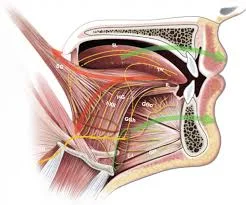
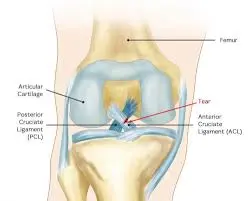
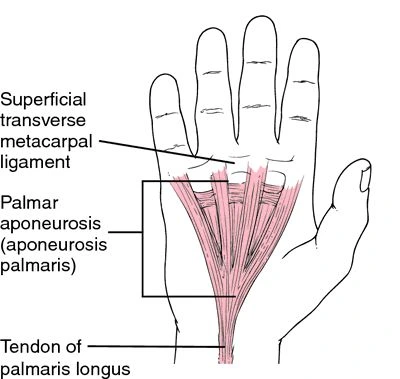
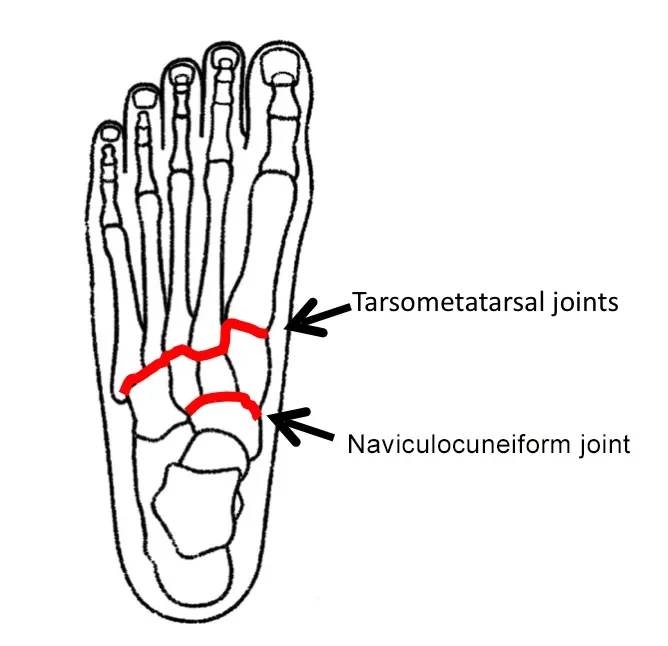
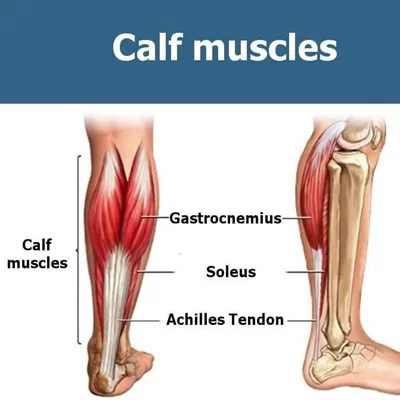
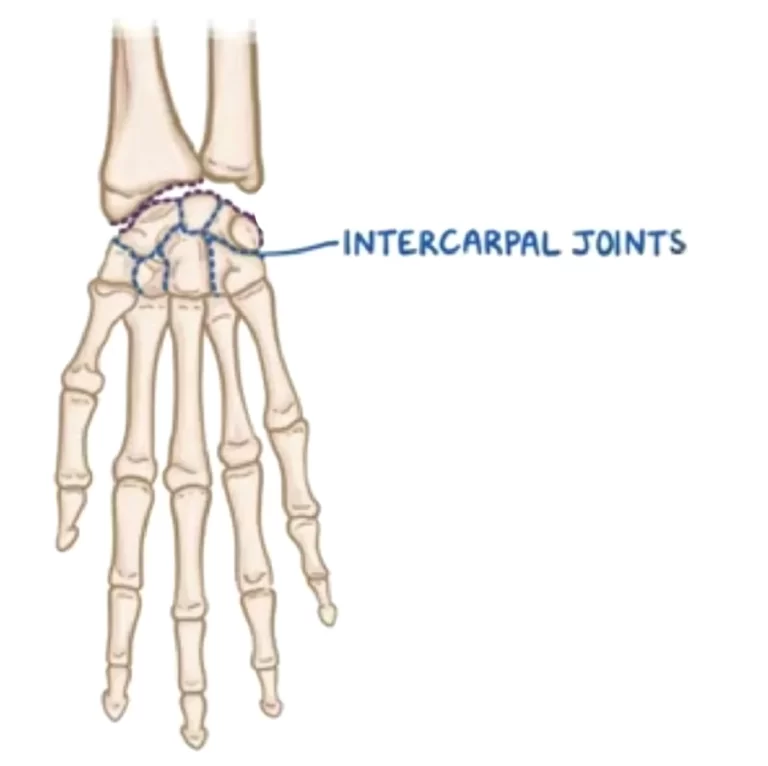
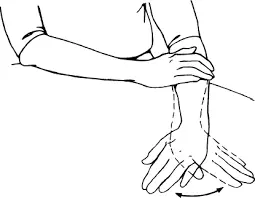
3 Comments